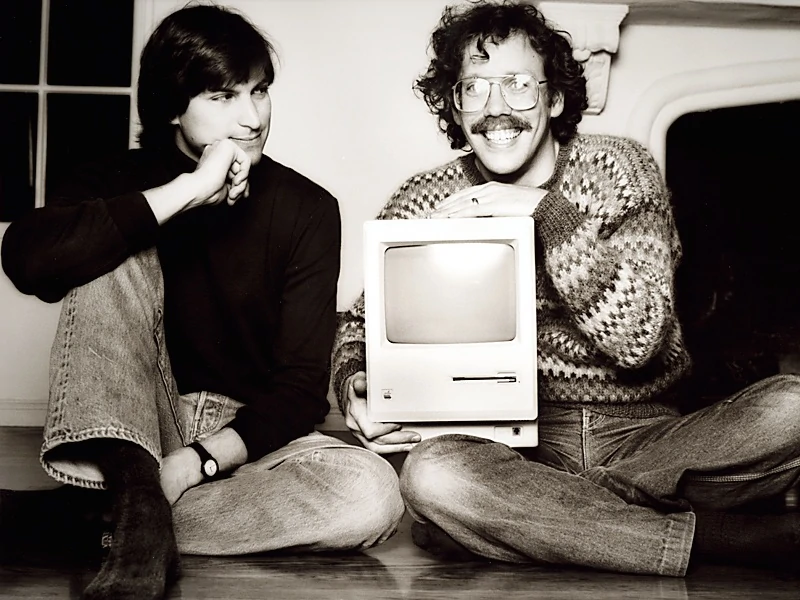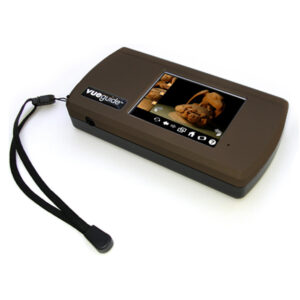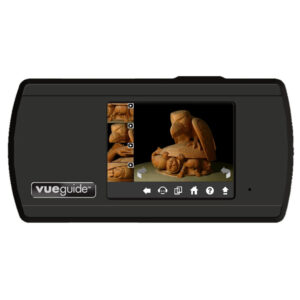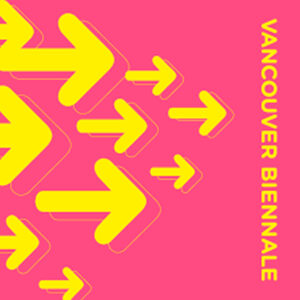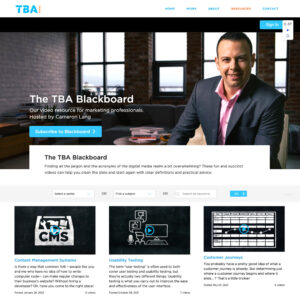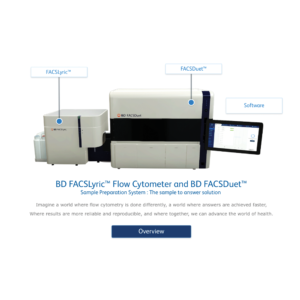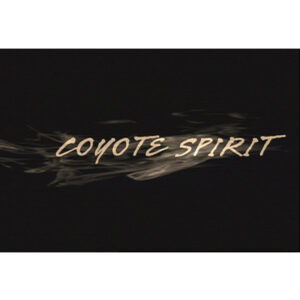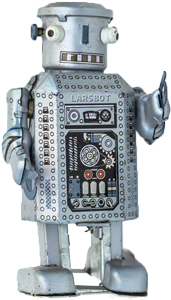Learning Environments
Loving learning — loving teaching.
In elementary school, I was fascinated by the tiny school library. There were books organized by topic. That grew into a love for encyclopedias of all kinds—especially the Encyclopaedia Britannica’s cross-referencing Micropaedia, which I have today. Experiencing what I had learned previously let me understand and make meaning of new things was empowering. “Linking ideas” became a passion. It led to my love for computers — My Mac Plus and Bill Atkinson’s HyperCard changed everything.
I love creating a space for communicating and connecting ideas. Through conversations in person, in private or in an institution; on small and big screens, on mobile devices and across networks; inside or outdoors; this is my passion.
Lars
My professional experience includes:
- Five years as a curriculum developer, instructor, project supervisor, and mentor at the Vancouver Film School’s Foundation Visual Art & Design Program.
- Four years on the Vancouver Community College Program Advisory Board for Multimedia and Digital Design Programs.
- BCIT: New Media Design & Web Development, Program Advisory Committee
- Three years, BCIT: Computer Systems Technology program, Industry Sponsored Student Projects mentor
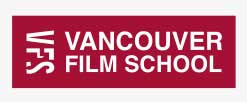 |
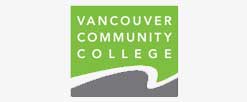 |
 |
Non-formal learning is a distinction that falls between formal learning and informal learning. It generally takes place in a traditional environment, such as a workplace or conference, but needs to be formally recognized with a curriculum or syllabus.
Organizations invariably develop complex systems over time. The need to train stakeholders arises internally as the organization grows and adds new people through natural growth, attrition, strategic merger or acquisition; and externally as a response to the need to educate customers about the benefits and value delivered by the organization’s products or services.
The result is that organizations need training materials, seminars, CBT systems, websites, Education Based Marketing (EBM), and advertising to fill the information gap. To produce materials that resonate with the audience and help create meaning, the designer must thoroughly understand the organization’s critical aspects, product cycle, and user needs. The secret lies in presenting it all in a way that allows the audience to create meaning and internalize the key ideas in a way that provides recall access to the concepts as they are needed.
|
|
Museums, science centres, Expos, zoos, aquaria and outdoor exhibits represent learning opportunities in unique settings. While settings vary, there are similarities in how learning can be enhanced in each instance. While experiences in these settings have unique characteristics, there are also parallels to that other types of learning.
The distance between the museum object and its context – the learning object- influences the learners’ experience. If there’s too much distance, the learner feels detached; however, some sense of space, especially the freedom to move within it, can be good. Learners confronted with an authentic experience often lack scaffolds to make sense of it and without the feeling of safety they might have obtained by approaching the experience gradually. Additionally, interpretive media offers the ability to look into the mechanics of things, freeze time, “re-totalize” an object, or add layers of interpretation and commentary to add their narrative to the inherent narrative.
“The interpretation and subsequent experience of an object may be more real than the object itself” (Bain & Ellenbogen, 2002, p. 156).
Applying these insights to non-formal learning in the workplace underscores the value of user-controlled learning experiences that are integrated with but also removed from the immediate context of the workplace experience. Further, the ability to assemble layers of interpretation to construct a personal narrative that may be shared enhances the opportunity to fashion meaning on an interpersonal level.
|
|
